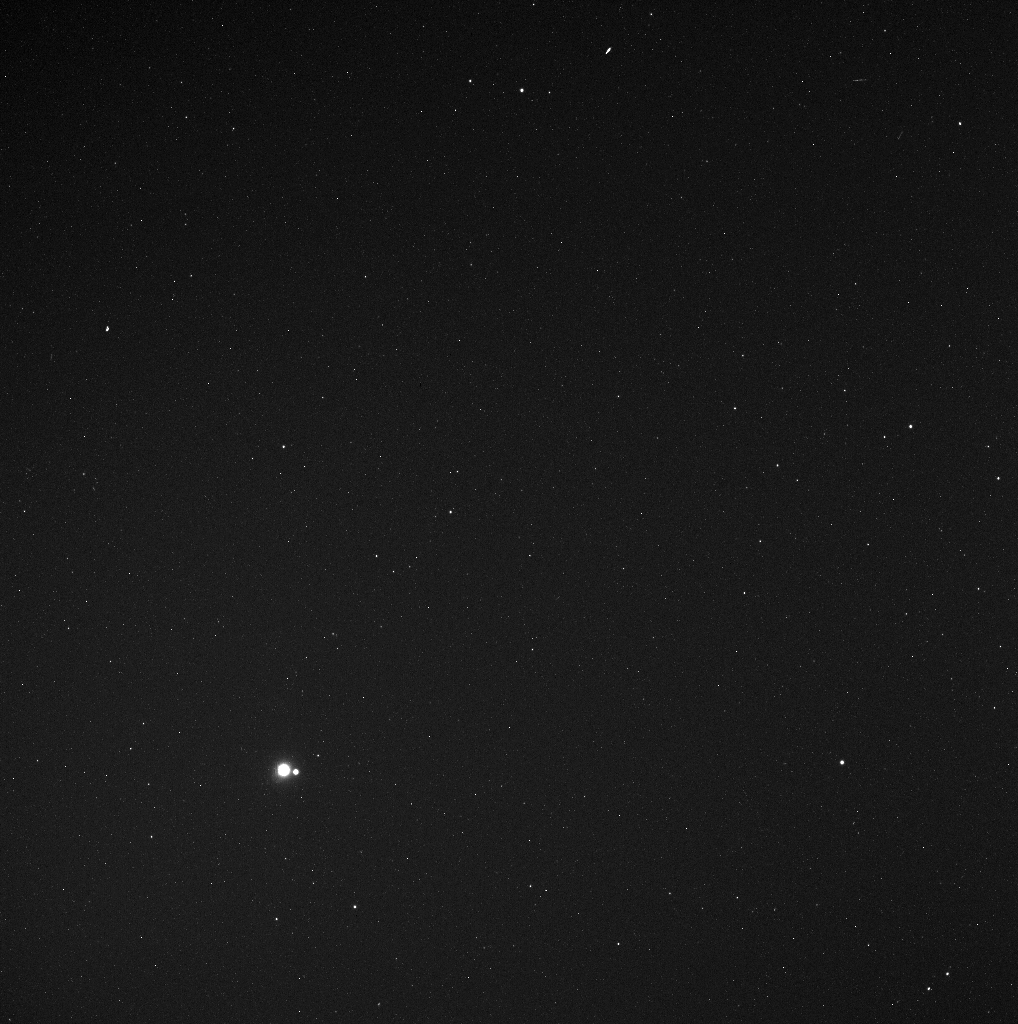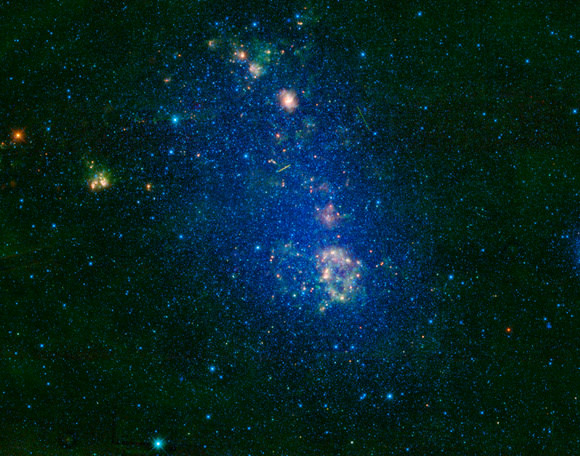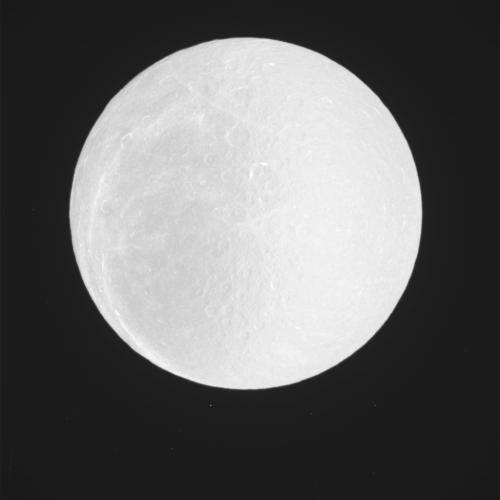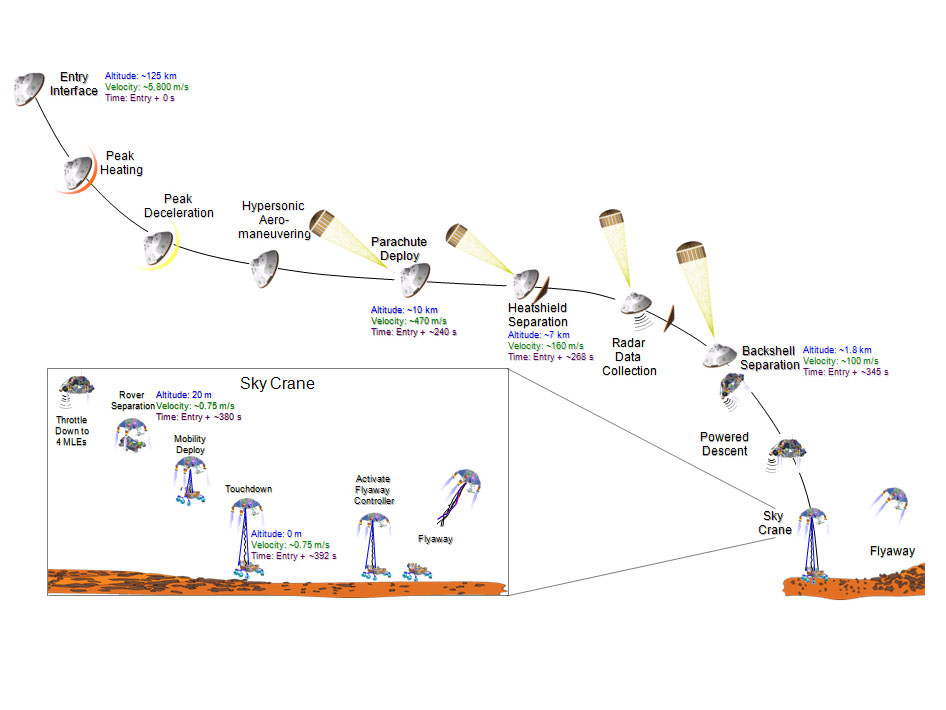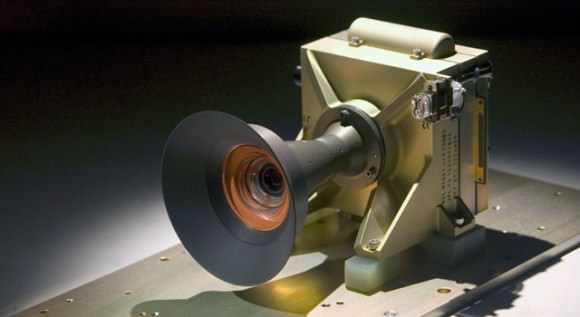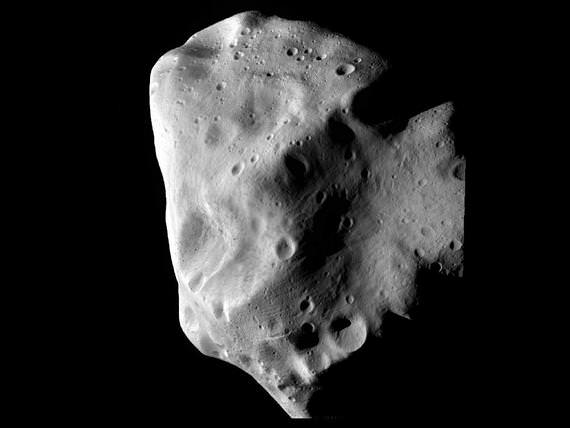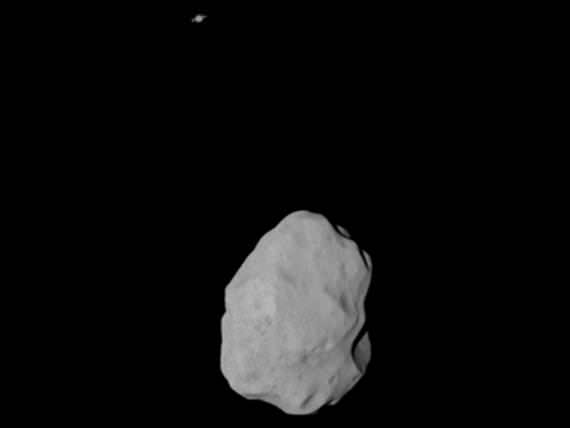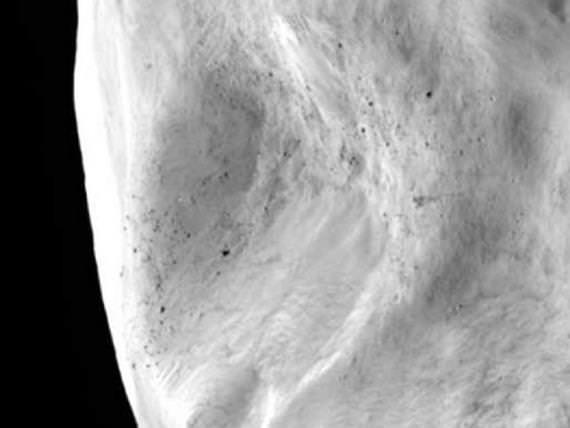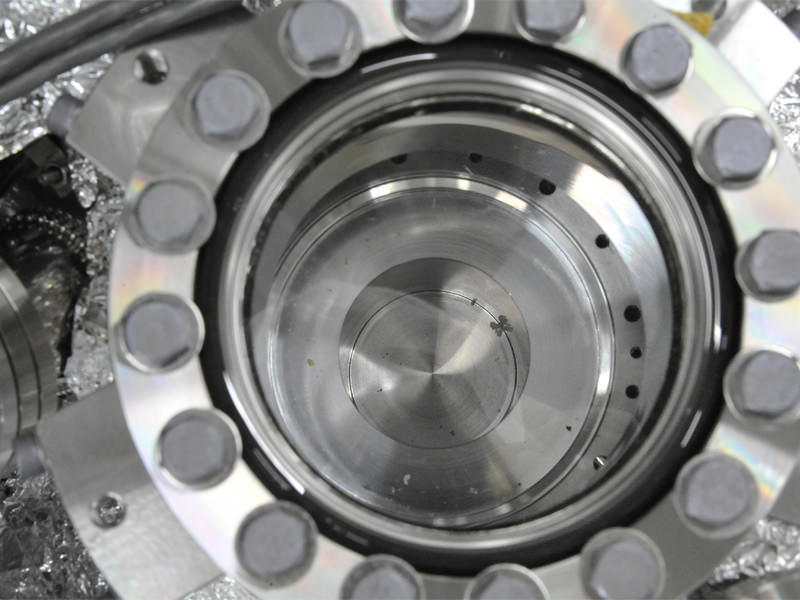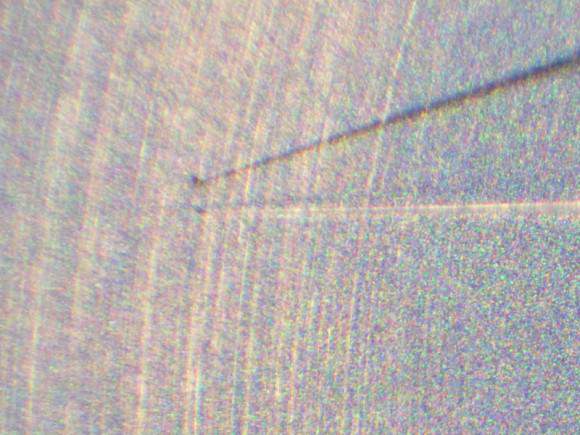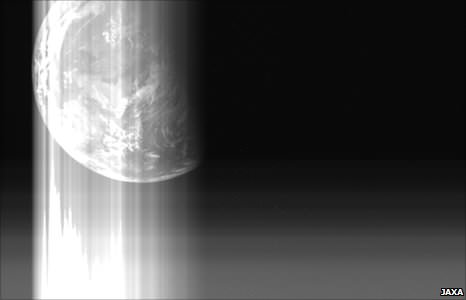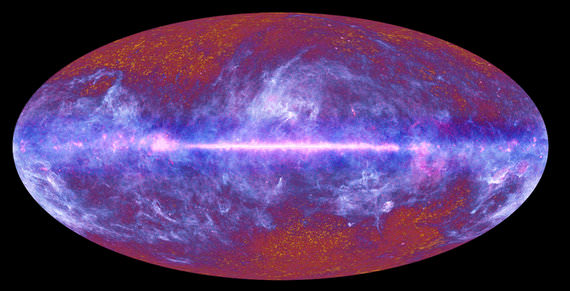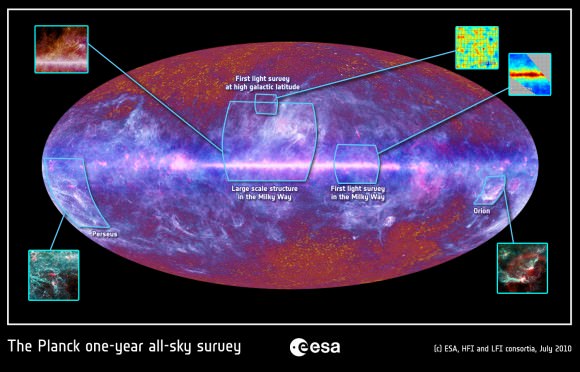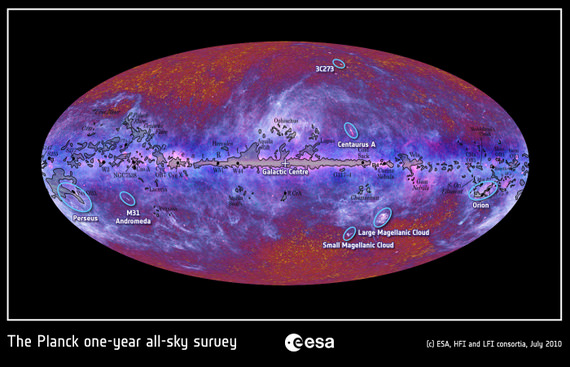[/caption]
JPL issued a press release today with an update that mission controllers have still not heard from the hibernating Spirit rover. Even though the rover is experiencing one of Mars’ harshest winters since the rovers arrived, the rover team has begun an active “paging” technique called ‘sweep and beep’ in an effort to communicate with Spirit instead of just passively listening for any activity from the rover. Based on models of Mars’ weather and its effect on available power, mission managers believe that if Spirit responds, it most likely will be in the next few months. But in a ‘hope for the best, prepare for the worst’ kind of way, the press release added, “However, there is a very distinct possibility Spirit may never respond.”
“It will be the miracle from Mars if our beloved rover phones home,” said Doug McCuistion, director of NASA’s Mars Exploration Program. “It’s never faced this type of severe condition before – this is unknown territory.”
The Martian winter runs from May through November here on Earth, so there’s still a lot of long, dark winter to get through. Spirit has not communicated since March 22, 2010 and is likely in a low-power hibernation mode since the rover was not able to get to a favorable slope for its fourth Martian winter. The low angle of sunlight during these months limits the power generated from the rover’s solar panels. During hibernation, the rover shuts down communications and other activities so available energy can be used to recharge and heat batteries, and to keep the mission clock running.
On July 26, rover engineers began the sweep and beep. “Instead of just listening, we send commands to the rover to respond back to us with a communications beep,” said John Callas, project manager for the rover. “If the rover is awake and hears us, she will send us that beep.”
The earliest date the rover could generate enough power to send a beep to Earth was calculated to be around July 23. However, mission managers don’t anticipate the batteries will charge adequately until late September to mid-October.
So, there is still a lot of time to wait things out. While I don’t think the rover team is giving up on Spirit at all, it appears they want to prepare the rover faithful for the worst.
But I’m going to make a prediction here: not only will Spirit wake up, but the rover driving team will be able to get her out of the sand trap she is stuck in. Just a hunch, but you heard it here and only time will tell if my prediction comes true.
Based on previous Martian winters, the rover team anticipates the increasing haziness in the sky over Spirit will offset longer daylight for the next two months. The amount of solar energy available to Spirit then will increase until the southern Mars summer solstice in March 2011. JPL says that if we haven’t heard from Spirit by March, 2011 it is unlikely that we will ever hear from it.
Leave it to Steve Squyres, however, principal investigator for the rovers, to leave us with a little hope: “This has been a long winter for Spirit, and a long wait for us,” he said. “Even if we never heard from Spirit again, I think her scientific legacy would be secure. But we’re hopeful we will hear from her, and we’re eager to get back to doing science with two rovers again.”
Source: JPL

